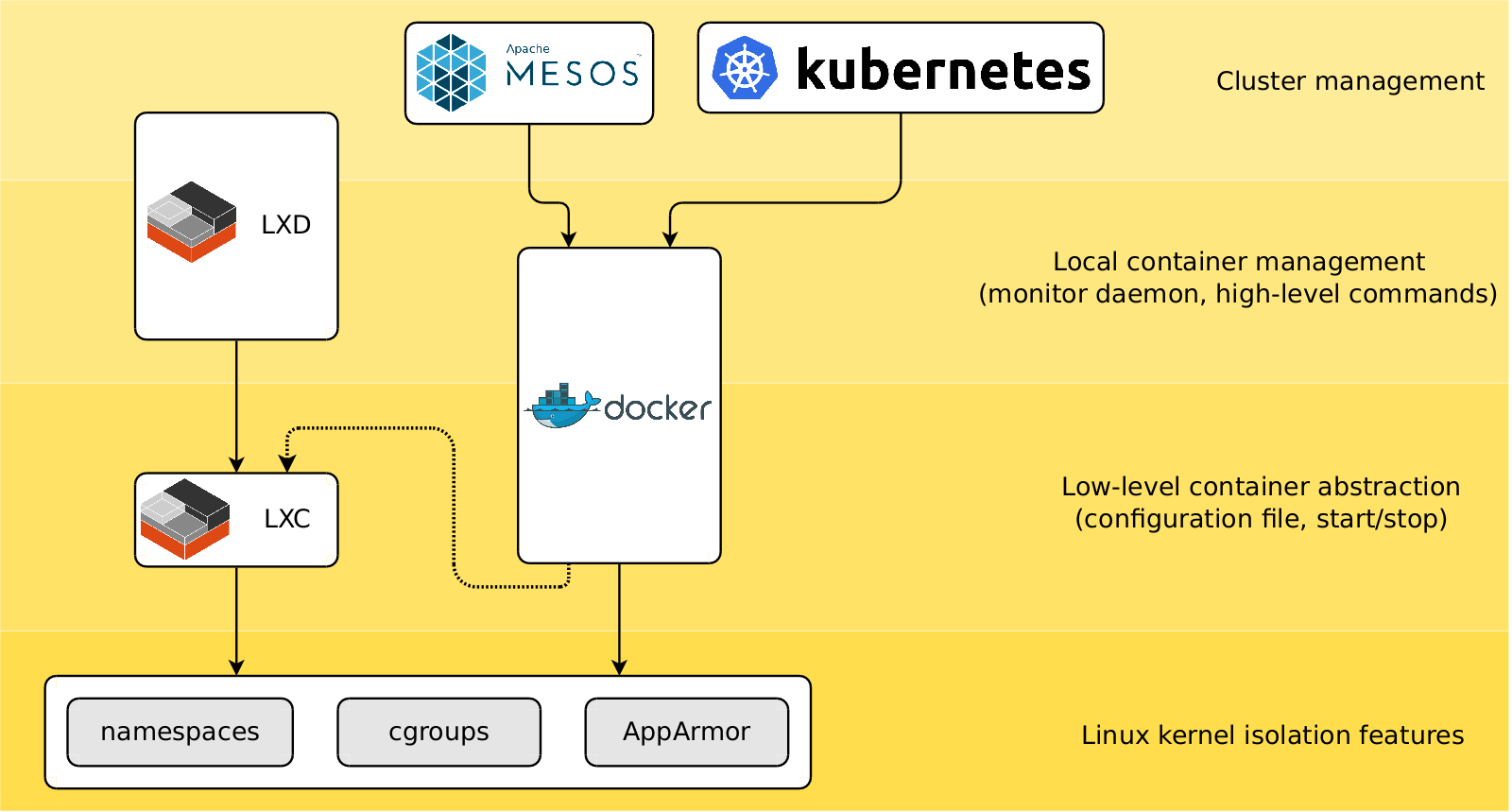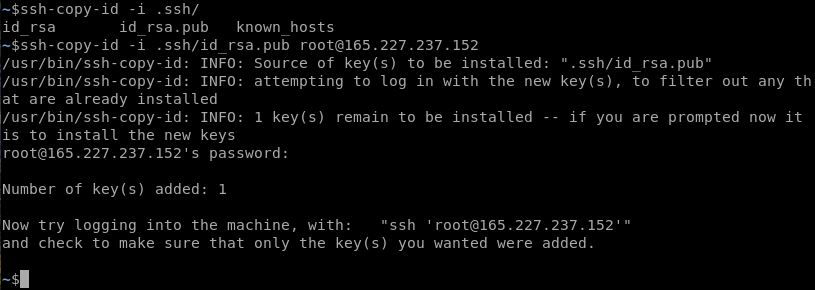

- #Lxc ssh copy id how to
- #Lxc ssh copy id install
- #Lxc ssh copy id full
- #Lxc ssh copy id android
- #Lxc ssh copy id windows

The correct idmap is lxc.idmap: u 0 100000 1000 There was a small problem with the idmap. Is there a easy way of simply achieve the mounted host folder as a specific user and have the files owned by this specific ID? I don’t care if all files written to the folder have the same permission / same owner, or that the exact users are mapped or not. I got a ton of errors “permission denied” – even for local files inside the container and as root: I could not write or delete files (permissions on the host still are 777).Īlso I had more problems: SSH in the container stopped working - something about permissions.Also docker could not be accessed: "Error connecting: Error while fetching server API version: ('Connection aborted.', PermissionError(13, 'Permission denied'))" I could fix this by adding the following to /etc/pve/lxc/100.conf lxc.idmap = u 0 100000 1000Īnd this is where my problems started. This enabled the share inside the container, but all written files inside the container where from nobody:nogroup I edited /etc/pve/lxc/100.conf (the container config file) to contain mp0: /mnt/data,mp=/mnt/data User on container : reddit uid=1000 allowed to sudo,.Container: a fresh debian 11, fully updated, new user redit generated package sudo installed.
#Lxc ssh copy id full
#Lxc ssh copy id how to
This topic describes how to set up QEMU Kernel-Mode Debugging using EXDI.It now is possible to use host folders seamlessly inside a lxc container with the correct rights and user ids.Īt least half - ssh is working - docker still not, but now I am aware this is a specifiv problem/bug in proxmox 7.
#Lxc ssh copy id windows
The Windows debugger supports kernel debugging a QEMU environment using EXDI. This document describes the required steps to establish a GdbServer RSP session between the ExdiGdbSrv.dll (GDB server client) and QEMU GDB server. The scenario described uses a Windows 圆4. So to conclude: QEMU is a type 2 hypervisor that runs within user space and performs virtual hardware emulation, whereas KVM is a type 1 hypervisor that runs in kernel space, that allows a user space program access to the hardware virtualization features of various processors. QEMU A generic and open source machine emulator and virtualizer. Run operating systems for any machine, on any supported architecture. Run programs for another Linux/BSD target, on any supported architecture. Virtualization.PA-RISC machines need a firmware ("PDC" = Processor Dependend Code), and QEMU comes with a precompiled firmware which is based on a fork of SeaBIOS. QEMU for PA-RISC has been developed by: Richard Henderson: QEMU 32-bit PA7100 CPU emulation, QEMU hardware drivers. Helge Deller: QEMU hardware drivers, SeaBIOS PDC firmware.If you are running KVM on a console-only server, you still have the option to use the graphical virt-manager. You just need to specify the method of communication (ssh, tls, tcp, etc).
#Lxc ssh copy id android
In this article I will show how to use virt-manager from an Ubuntu client desktop to a server running KVM and libvirtd, with the connection being tunneled over ssh and authenticated with PKI.The guide below helps you compile Android and run it on top of Qemu with Mesa/Virgilrenderer supplying a virtual GPU. Because of this, the following guide is aimed at Linux hosts.
#Lxc ssh copy id install
This guide is based on Rob Herrings fantastic guide, but has been slightly streamlined and had physical hardware support stripped out.To install qemu-img on CentOS, Fedora or RHEL: $ sudo yum install qemu-img You can check a list of all disk image formats supported by qemu-img as follows. $ qemu-img -h | tail -n1 As shown above, this tool does support both VDI and VMDK formats. To convert VDI image to QCOW2 format: $ qemu-img convert -O qcow2 input.vdi output.qcow2qemu-block-extra. QEMU is a fast processor emulator: currently the package supports ARM, CRIS, i386, M68k (ColdFire), MicroBlaze, MIPS, PowerPC, SH4, SPARC and x86-64 emulation.


 0 kommentar(er)
0 kommentar(er)
